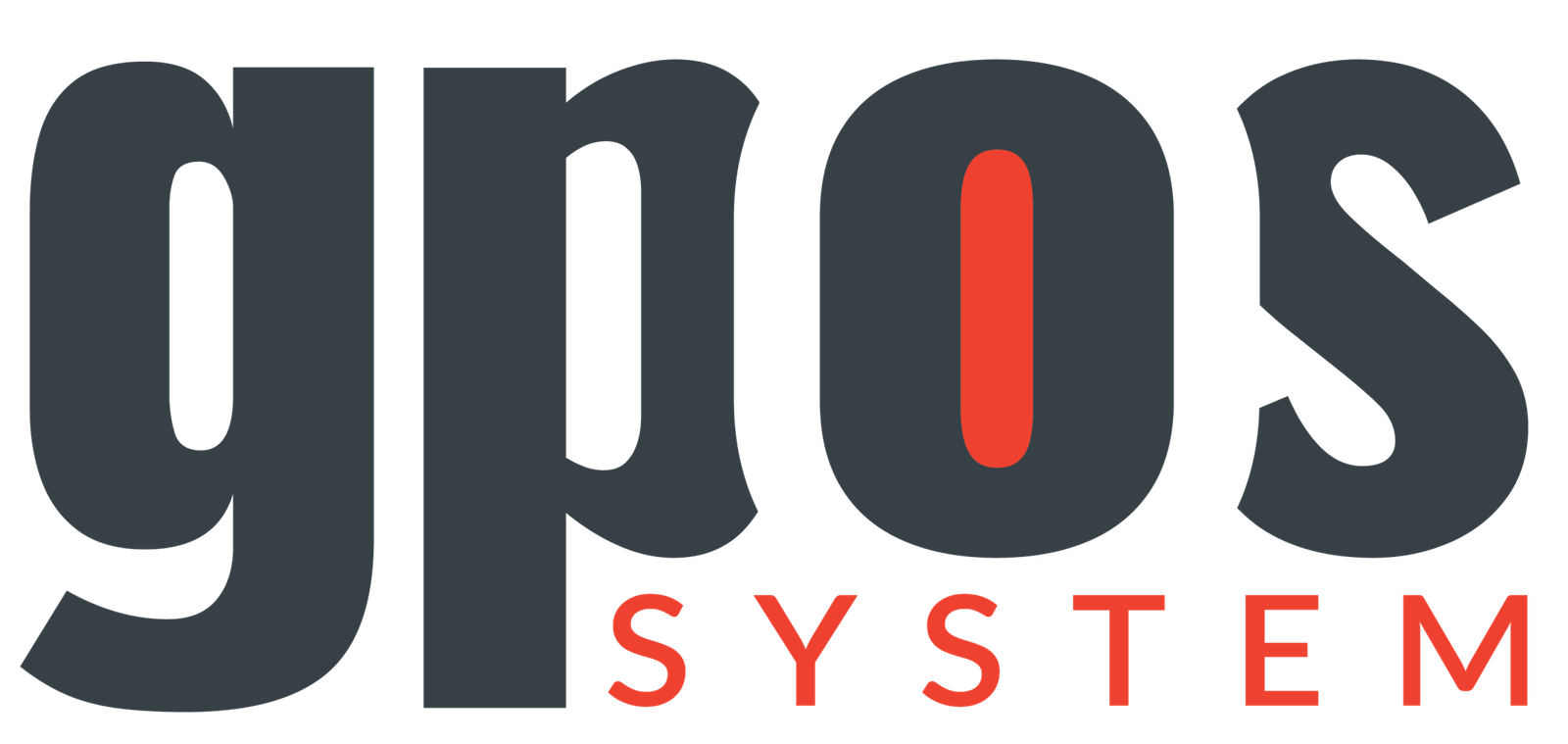How to Manage Customer Ledger in GPOS
This tutorial will guide you through the step-by-step process of viewing and managing a customer ledger in GPOS.
🛠️ Why You Need to Use the Customer Ledger
To track all transactions of a specific customer
To check outstanding balances and payments
To maintain accurate credit records
To review purchase history for better customer service
📋 Steps to View and Manage a Customer Ledger in GPOS
✅ Step 1: Go to the Customers Section
Log in to your GPOS dashboard.
From the side menu, navigate to the “Contacts” module.
- From the side menu, navigate to the “Customers”.
✅ Step 2: Search and Select the Customer
Use the search bar to find the customer by name, phone number, or customer ID.
Select the desired customer from the list.
✅ Step 3: Open the Customer Ledger
Inside the customer’s profile, click on the “Ledger” tab.
The ledger will display a detailed list of all transactions for that customer.
✅ Step 4: Review Transactions
Sales Invoices – Shows all sales made to the customer.
Payments Received – Records of all payments collected.
Outstanding Balance – The Amount the customer still owes.
Credit Notes – Any returns or adjustments applied.
✅ Step 5: Filter and Export Data (Optional)
Use date filters to view transactions for a specific period.
Export the ledger to PDF or Excel for reporting purposes.
🔐 Important Notes
Only authorized users can view or edit customer ledgers.
Ledger data is updated in real-time whenever sales or payments are recorded.
All changes are logged for security and auditing.
🎯 Tips
Review customer ledgers regularly to ensure timely payment follow-up.
Use ledger data to offer loyalty rewards to frequent customers.
Keep customer contact information updated for better communication.
By following these steps, you can easily manage customer accounts, track balances, and maintain accurate financial records in GPOS.
